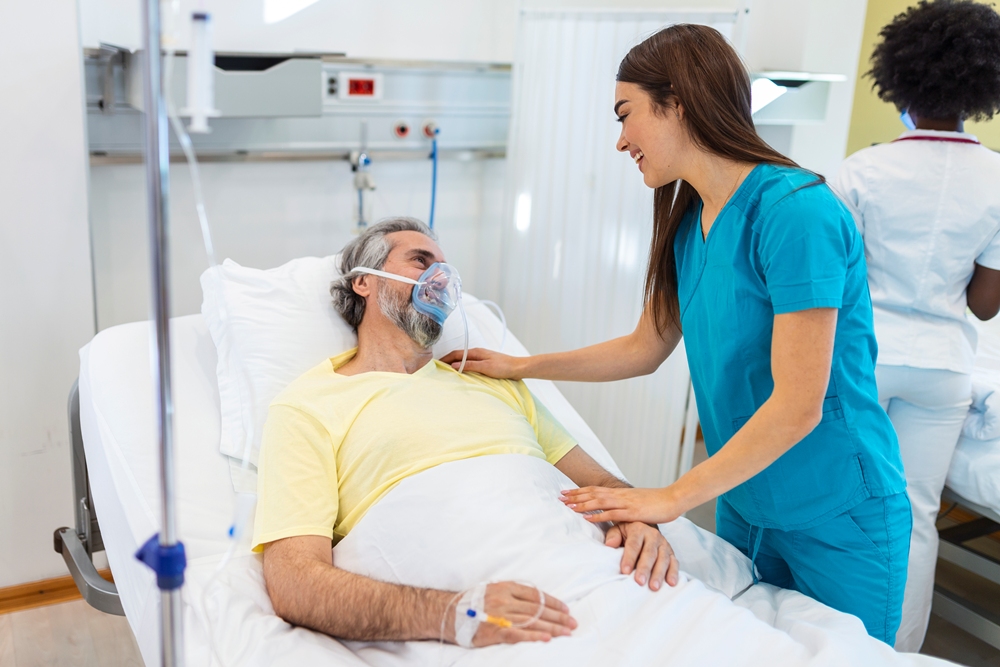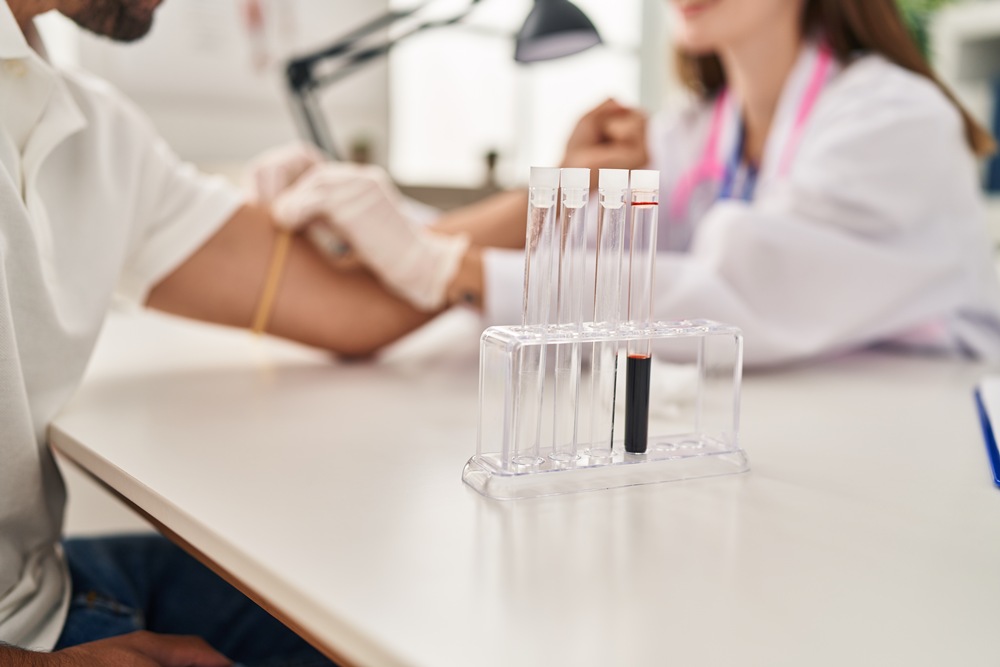New drug may reduce stroke-related brain damage

A new treatment tested in mice could help limit brain damage caused when blood flow is restored after a stroke.
Researchers are investigating how acidified disodium malonate (aDSM) may reduce injury caused by the sudden return of oxygen-rich blood to brain tissue after clot removal.
Fewer than one in 10 stroke patients currently leave hospital without neurological impairment.
Scientists at the University of Cambridge found that during a stroke, a chemical called succinate builds up in the brain.
When blood flow resumes, succinate is rapidly oxidised in the mitochondria – the energy-producing parts of cells – leading to the production of harmful free radicals that damage cells, proteins and DNA.
This response, called ischaemia-reperfusion injury, can trigger further inflammation and worsen brain damage.
The researchers developed aDSM to prevent this process by blocking succinate oxidation at the point blood flow is restored.
Professor Thomas Krieg from the University of Cambridge department of medicin said: “Stroke is a devastating disease.
“Even for those who survive, there is a significant risk of damage to the brain that can lead to disabilities and a huge impact on an individual’s life,.
“But in terms of treatment, once the stroke is happening, we have only limited options.”
Mechanical thrombectomy – a minimally invasive procedure that involves inserting a thin tube through a blood vessel to remove the clot – is currently the most effective treatment available.
But while it restores blood flow, it can also trigger ischaemia-reperfusion injury.
In laboratory studies using a mouse model of thrombectomy, the team found that administering aDSM reduced brain damage by up to 60 per cent.
Professor Mike Murphy from the Medical Research Council mitochondrial biology unit said: “All of this happens very rapidly, but if we can get malonate in quickly at the start of reperfusion, we can prevent this oxidation and burst of free radicals.
“We discovered in our labs that we can get malonate into cells very quickly by lowering the pH a little, making it a bit more acidic, so that it can cross the blood-brain barrier better.
“If we inject it into the brain just as we’re ready to reperfuse, then we can potentially prevent further damage.”
Dr Jordan Lee, a postdoctoral researcher in the group who developed the mouse model to simulate mechanical thrombectomy, explained the potential clinical impact.
“This approach reduces the amount of dead brain tissue resulting from a stroke.
“This is incredibly important because the amount of dead brain tissue is directly correlated to the patient’s recovery – to their disability, whether they can still use all their limbs, speak and understand language, for example.”
The researchers have launched a spin-out company, Camoxis Therapeutics, supported by Cambridge Enterprise, and are now seeking seed funding to advance the drug and move towards early-stage clinical trials.
As thrombectomy becomes more widely used in the NHS, the team hopes aDSM can be introduced alongside it to improve patient outcomes.










